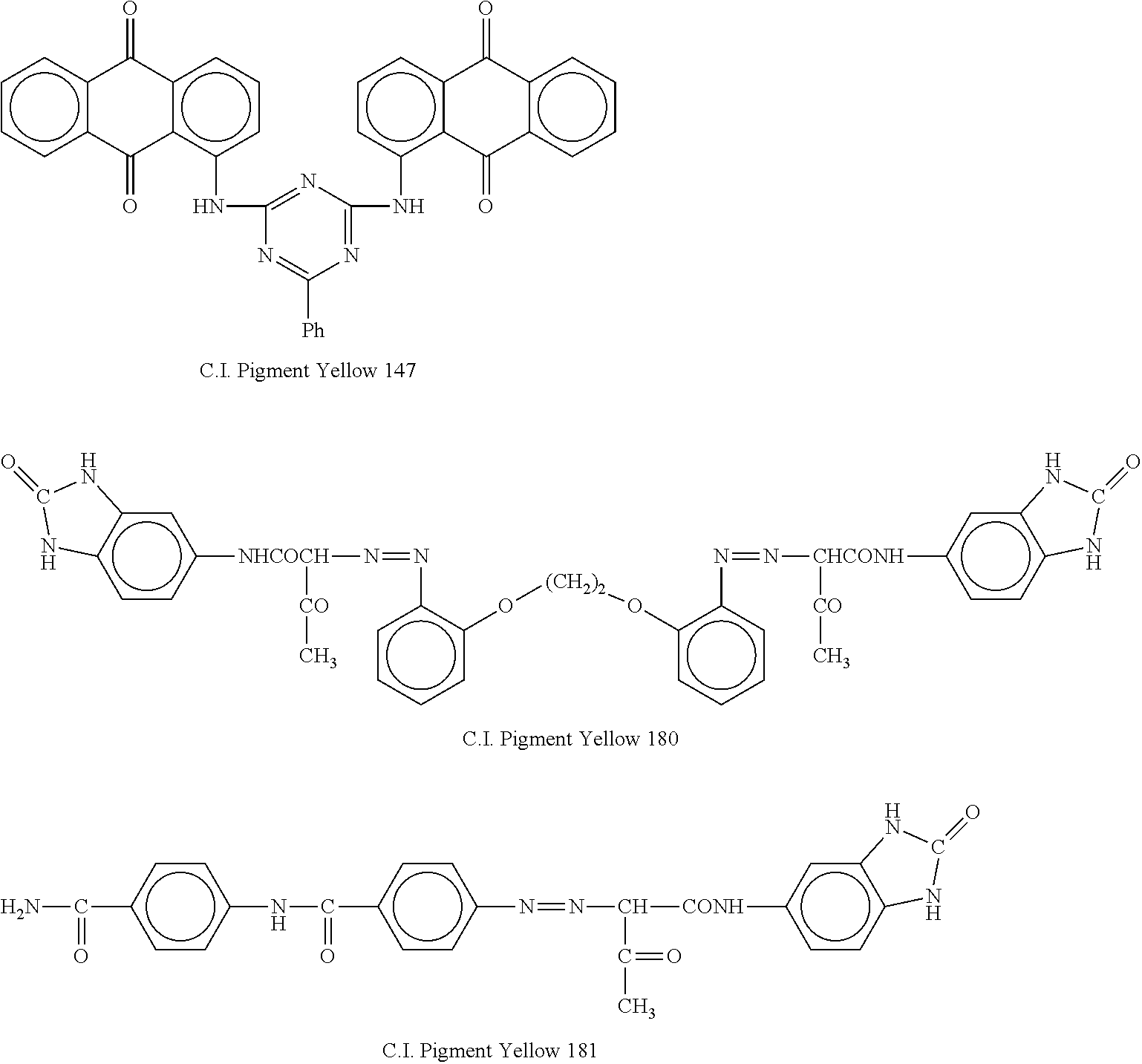Container for medical products
a container and medical technology, applied in the field of containers for medical products, can solve the problems of poor dispersibility of such pigments in the resin, lower impact resistance strength of the container, and inferior gas barrier properties of the resin, and achieve excellent impact resistance strength, excellent pigment dispersibility, and excellent chemical stability
- Summary
- Abstract
- Description
- Claims
- Application Information
AI Technical Summary
Benefits of technology
Problems solved by technology
Method used
Image
Examples
examples 1 & 2
Examples in Each of which the Polymer of an Outer Layer and that of an Inner Layer are the Same
[0039]A cyclic olefin polymer (trade name: “Crystal Zenith®”, product of Dalkyo Seiko Ltd.,) and a cyclic olefin copolymer (trade name: “TOPAS®”, product of Topas Advanced Polymers GmbH,) were provided. To aliquots (100 parts) of each of the polymer and copolymer, C.I. Pigment Yellow 147 (trade name: “Filester Yellow RN”, product of Ciba-Geigy Japan Limited) was added in amounts of 0.05%, 0.1% and 0.2%, respectively, by using a Brabender plastograph to prepare compounds. Further, the same homopolymer and copolymer as the above-described polymers were also provided with neither the pigment nor other additives. By double-injection molding that used those homopolymer and copolymer, inner layers free of the pigment (thickness: 2 mm) were first formed, and with the pigment-containing cyclic olefin polymers making use of the same cyclic olefin polymers as the inner layers, outer layers (thicknes...
examples 3 & 4
Examples in Each of which the Polymer of an Outer Layer and that of an Inner Layer are Different
[0041]A container and laminated sheet molded and formed as in Example 1 except for the use of the resin (copolymer) for the outer layer in Example 2 instead of the resin for the outer layer in Example 1 were provided as Example 3, and a container and laminated sheet molded and formed as in Example 2 except for the use of the resin (homopolymer) for the outer layer in Example 1 instead of the resin for the outer layer in Example 2 were provided as Example 4. A light transmission rate test was conducted on those laminated sheets. As a result of the light transmission rate test, Example 3 showed higher ultraviolet light blocking property by from 2 to 5% or so than Example 4. The ultraviolet shielding property was presumably produced as an effect of the outer layer that contained the pigment. As the actual results of the test, the result of Example 3 was substantially the same as that of Exam...
examples 5 & 6
[0042]Vials were produced in the same manner as in Examples 3 and 4 except for the use of C.I. Pigment Yellow 180 instead of C.I. Pigment Yellow 147. Those vials became deeper in yellowish coloration with the amount of the pigment, but retained transparency. At the same time, sheets of the same thickness were also formed from the same compounds, respectively, by press forming. By the double-beam spectrophotometer (“Model 150-20”, manufactured by Hitachi, Ltd.), each sheet was measured at the wavelengths of from 290 to 450 nm and from 590 to 610 nm for light transmission rate. The results were similar to those obtained in Examples 3 and 4.
PUM
| Property | Measurement | Unit |
|---|---|---|
| Thickness | aaaaa | aaaaa |
| Fraction | aaaaa | aaaaa |
| Fraction | aaaaa | aaaaa |
Abstract
Description
Claims
Application Information
 Login to View More
Login to View More - R&D
- Intellectual Property
- Life Sciences
- Materials
- Tech Scout
- Unparalleled Data Quality
- Higher Quality Content
- 60% Fewer Hallucinations
Browse by: Latest US Patents, China's latest patents, Technical Efficacy Thesaurus, Application Domain, Technology Topic, Popular Technical Reports.
© 2025 PatSnap. All rights reserved.Legal|Privacy policy|Modern Slavery Act Transparency Statement|Sitemap|About US| Contact US: help@patsnap.com

